New Year’s Eve gems and jewels look best on silky skin. For healthy hydration, try a paraben-free and vegan moisturizer, namely Butter London’s Mistress Champagne Luxury Lotion, $10 at beauty-supply stores or from Butter’s web site.
Butter London, helmed by Sasha Muir and Nonie Creme, is mighty particular about what it puts in its pretty bottles and jars.
According to the company, Butter is “3 Free,” which means products contain no formaldehyde, no toluene and no DBP [dibutyl phthalate].
On the lighter side, the lotion’s back label declares, “We believe in Rock & Roll. Great Britain. And Fashion.” The lotion, with a barely-there fragrance, is creamy, sheer and easily absorbed.
And the simple, yet whimsical, design dresses up your vanity table or bathroom cabinet. Take that, winter! So lest I stammer and stutter, just try Butter. It’s a right royal treat.
Product Source: From my own collection; I did not receive products or compensation from Butter London.
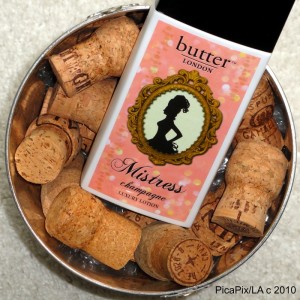





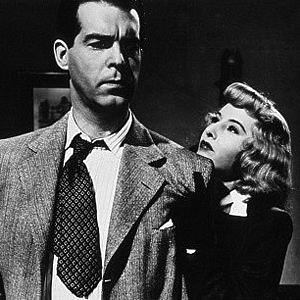
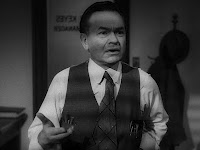
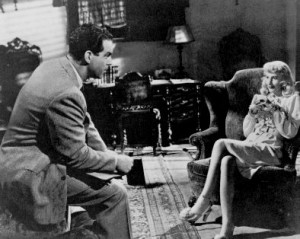
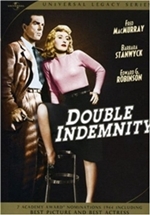
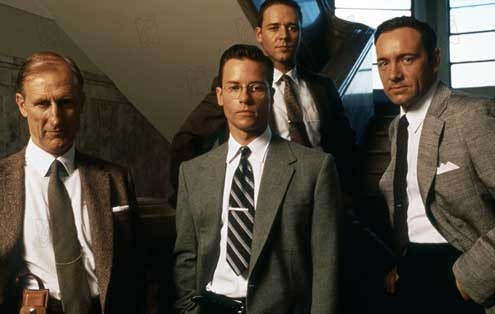
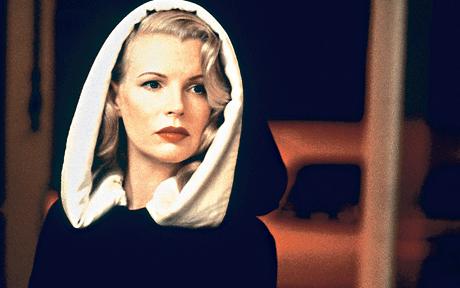
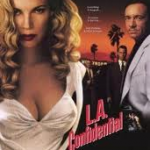
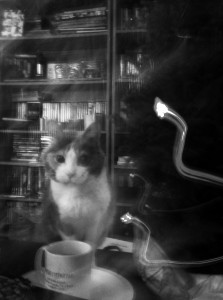
![2010-12-24_15.09.55[1]](http://www.filmnoirblonde.com/wp-content/uploads/2010/12/2010-12-24_15.09.551-300x225.jpg)
![2010-12-24_15.56.30[1]](http://www.filmnoirblonde.com/wp-content/uploads/2010/12/2010-12-24_15.56.3012-300x225.jpg)
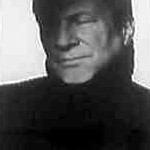
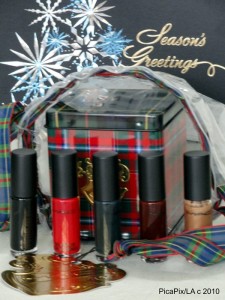
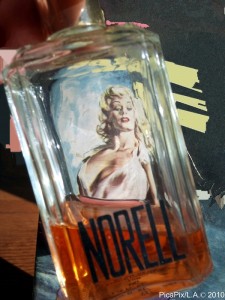
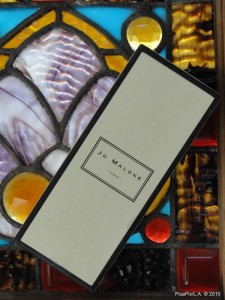





From FNB readers